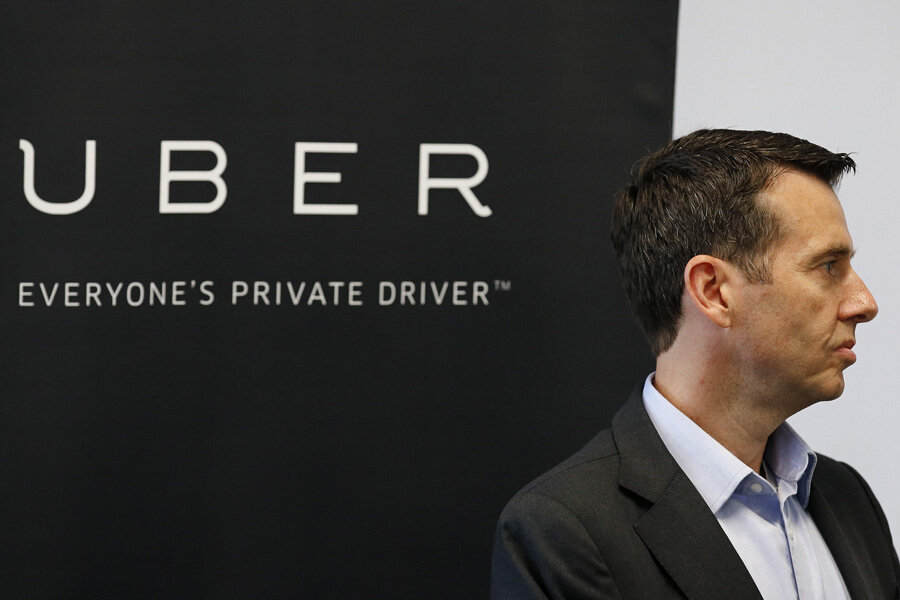Is Uber cheaper than a taxi? Not always.
Loading...
Learning how to use ridesharing apps is a modern skill you should master, but which service is actually the best deal? We're comparing Uber, Lyft, and other options to make sense of rideshare pricing.
Uber
Uber is definitely the top competitor in the space and they have the most cars on the road in the most cities. In comparison to a taxi, however, it turns out that Uber's pricing only beats the average taxi on trips greater than $35. But the convenience and speed of getting an Uber versus calling a taxi service makes it the better option for many.
Price surging is the main drawback to Uber. If demand is high, Uber will increase the pricing commensurate to demand. This means that in big cities like L.A. or New York, prices can double or more during rush hours and on holidays like New Year's Eve. If you need to get around for as cheap as possible without the prolonged travel time of a bus, the new shared-ride service called Uber Pool can be as low as $3 per person, depending on your destination. You share the car with one or two other riders who are going a similar direction.
Get a fare estimate for any trip using this unaffiliated Uber calculator.
Lyft
Lyft, the app whose cars wear a pink mustache, attempts to be the equivalent of getting a ride from a friend. The overall casual and fun attitude is clear on their app and with their drivers. The best upside: no big price hikes during peak travel times. A downside: Lyft is not as widely available as Uber, but they are working toward adding new cities and drivers.
While Lyft's pricing is comparable to Uber's, it can climb higher when factoring in tipping your driver, which is encouraged. Lyft drivers are generous (expect to find candy, water bottles, and gum in the backseat) and friendly, so you will likely be compelled to tip.
$15 Off first ride for new customers with code: LYFTAFF70457
Sidecar
Sidecar is a smaller, but interesting player in the ridesharing arena. Drivers name their own prices and filter their own rides. Riders get their pricing up front once they type in the destination, and riders get to choose a driver — unlike Uber or Lyft, which both assign whomever takes the request first.
Pricing varies by driver, so while some might be as low as pocket change, others might offer a more luxurious ride for a higher price. The biggest drawback to Sidecar is that it not as available in many cities. If you live in the Bay Area, Seattle, Washington, D.C., San Diego, Chicago, Boston, and Charlotte, it's possible that an Uber or Lyft driver might be moonlighting on Sidecar.
Taxi
Taxi cabs are usually the last resort when you have no choice, and that has worked to the taxi industry's advantage (getting your business) and disadvantage (earning your disdain) for years. That said, taxis don't price surge, they are available at every airport while app drivers are not, and they are licensed professionals whose companies are more liable for their drivers than the app companies, which operate in a legal gray area.
Taxi cabs usually start with a base fare ranging from $2–$5, plus a per-mile rate ranging from $1–$4. You can also find out when Ubers are cheaper than taxis with a new app that neither cab companies nor Uber wants us to know about.
Your Car
There will be times when nothing other than your own car will do: picking up your parents at the airport (good luck trying to get them to use Uber), days full of many tiny errands, or the dreaded trip to Ikea. But with the average gas price in the U.S. varying from $2.30 to $3.90 per gallon, we're all trying to save money on personal car use.
Carpooling has become a more viable option for most people in suburban areas, especially for long commutes and road trips, when you can take advantage of the carpool lanes or have your passengers kick-in a little for sharing the car. Find out how much you can save by carpooling.
The Rankings
- Your car is still the cheapest and most convenient choice for most of the U.S., especially for burdensome errands and personal trips. If you carpool, it's an even better deal (though Uber is trying to change that).
- Uber, Lyft, and Sidecar's advantages of speed and convenience make them ideal when traveling or on a night out. Of the apps, Uber is the most consistent and the best deal.
- Taxis are still the best option for remote locations and select airports because they have access that apps are still trying to gain, but the longer the trip, the more expensive it will be compared to an Uber.
To compare your options in the moment, try using new app PriceRide, which can reveal the best price for any given trip.







